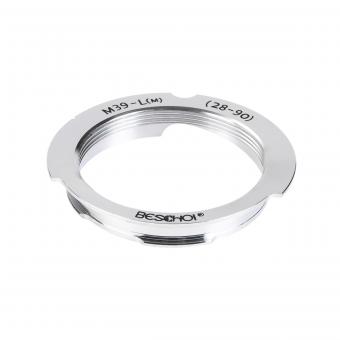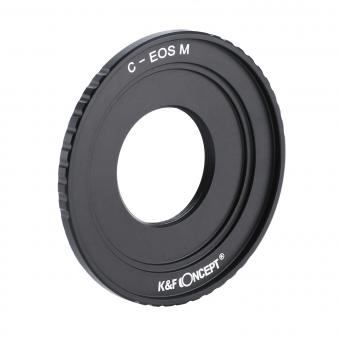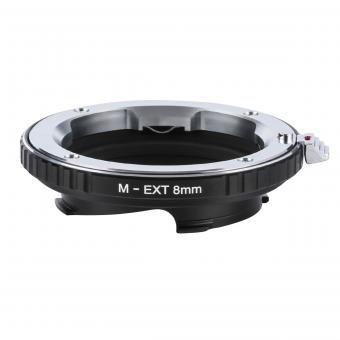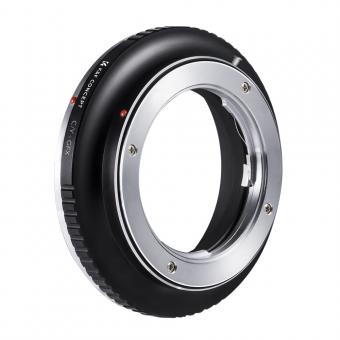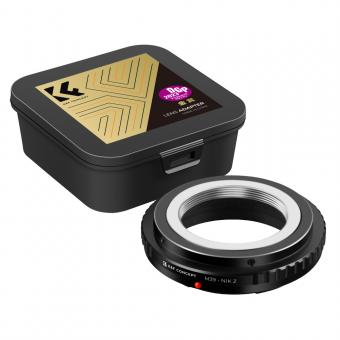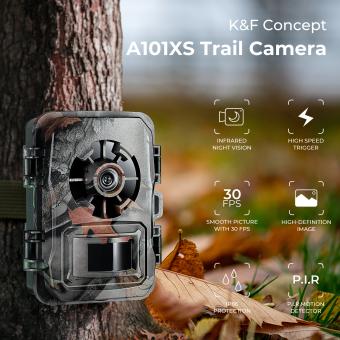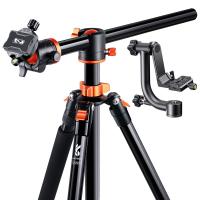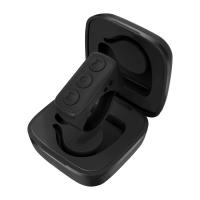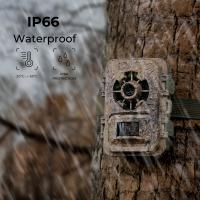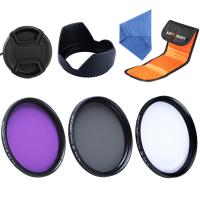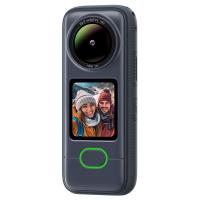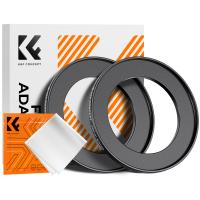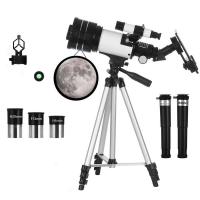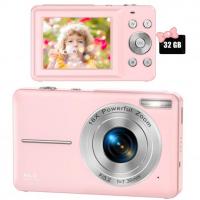Leica R To M Adapter What Are Cams?
The realm of photography equipment is vast and nuanced, often requiring a deep dive into the specifics of various components. Amongst seasoned photographers, Leica is a brand that stands out for its craftsmanship and precision. Leica's R and M series lenses and cameras each have their distinct characteristics, and the ability to use R lenses on M cameras via adapters is a subject of significant interest. Additionally, understanding the role of cams within these lenses is crucial for any photographer seeking to optimize their equipment's functionality. In this article, we endeavor to demystify Leica R to M adapters and provide a comprehensive understanding of what cams are and how they impact your photography experience.

The Significance of Leica R to M Adapters
Leica R to M adapters are essential tools for photographers who want to leverage the optical advantages of Leica R-series lenses on M-series camera bodies. The Leica R series primarily consists of SLR lenses, while the M series pertains to rangefinder cameras. Each series comes with its unique mount specifications, and the adapter serves as a bridge that facilitates the use of R lenses on M camera bodies. This adaptability extends the versatility of one's equipment, offering greater flexibility in various shooting scenarios.
Why Use Leica R Lenses on M Bodies?
1. Optical Quality: Leica R lenses are renowned for their superior optical quality, and many photographers prefer their rendering and character. Using these lenses on an M body allows photographers to retain the high image quality while benefiting from the compact and discreet nature of M cameras.
2. Cost-Effectiveness: For photographers who already own a collection of Leica R lenses, purchasing an adapter is more cost-effective than investing in a new set of M lenses.
3. Creative Flexibility: The ability to switch lenses between different systems fosters creative flexibility. It permits photographers to experiment with different focal lengths and characteristics without the need to carry multiple camera systems.
Choosing the Right Adapter
When selecting a Leica R to M adapter, several considerations come into play:
1. Build Quality: Given the premium nature of Leica equipment, it’s crucial to choose an adapter that matches the build quality. Look for adapters made from robust materials such as brass or aluminum to ensure durability and precise fit.
2. Infinity Focus: Ensure that the adapter maintains proper infinity focus. Some adapters may fail to achieve accurate infinity focus, resulting in sub-optimal image sharpness at long distances.
3. Compatibly with Cam Designs: Adapters must be compatible with the cam designs of Leica R lenses to ensure accurate focusing and metering on M cameras.
These selection criteria ensure that the adapter you choose will not degrade image quality or hinder lens performance.
Understanding Leica Lens Cams
Leica R lenses incorporate an element known as a 'cam.' This component is a crucial factor in lens-to-camera communication, impacting how the camera body interprets the lens's settings for accurate exposure and focusing.
Types of Cams in Leica Lenses
There are several types of cams in Leica R lenses, generally categorized based on the generation of the lens:
1. 1-Cam: These were the earliest R lenses designed for Leicaflex cameras. They feature a single cam used for metering information.
2. 2-Cam: This type emerged with the introduction of the Leicaflex SL and SL2. These lenses have two cams, providing compatibility with both the original Leicaflex and the newer SL and SL2 models.
3. 3-Cam: To synchronize with the Leica R3 to R7 models, these lenses incorporate three cams, ensuring full compatibility with both older and newer cameras within this range.
4. R-Cam: Also known as ROM (Read-Only Memory) cams, these were implemented in the latest R-series cameras (the R8 and R9). They contain electronic contacts that allow for communication between the lens and camera body for advanced features like automatic exposure and flash metering.
Why Cams Matter
1. Accurate Metering: Proper cam engagement ensures that the lens accurately communicates aperture information to the camera body. This is essential for precise metering and exposure, avoiding issues of under or overexposure.
2. Lens Compatibility: Different camera models support specific cam configurations. Utilizing the correct cam type ensures that the lens will function seamlessly with the camera's internal mechanisms, maintaining optimal performance.
3. Resale Value: Lenses with the appropriate cam types for modern cameras can retain higher resale values, making them a better investment over the long term.
Using Adapters with Various Cam Types
When using Leica R to M adapters, it is imperative to consider the cam type of your lens. Although most Leica R to M adapters facilitate basic lens attachment, ensuring full functionality, such as focusing and metering, may depend on the cam configuration.
1. Mechanical Adaptation: For lenses with 1-cam or 2-cam setups, most adapters will allow them to be mechanically attached without any electronic communication. This means fully manual operation concerning aperture and focus.
2. ROM Adapters: For newer R-cam lenses with ROM contacts, some specialized adapters preserve electronic communication, allowing for advanced features. These adapters can be more costly but are essential for photographers needing these features.
3. Universal Adapters: Some universal adapters are designed to work with multiple cam types. While versatile, they may not offer the precision or feature integration that specific, high-quality adapters provide.
Conclusion
Leica R to M adapters are invaluable tools for maximizing the use of high-quality R-series lenses on M camera bodies. Understanding the role of cams in these lenses is equally crucial as it underpins accurate metering and exposure, which are vital for professional photography.
When selecting an adapter, consider the build quality, infinity focus accuracy, and the compatibility with the lens cam types. This ensures that you leverage the full potential of your Leica equipment without compromising on performance or image quality.
For those invested in Leica's legacy of precision and quality, mastering these components is not only essential but rewarding, as it enables the creation of extraordinary photographic works with a blend of vintage excellence and contemporary innovation.


